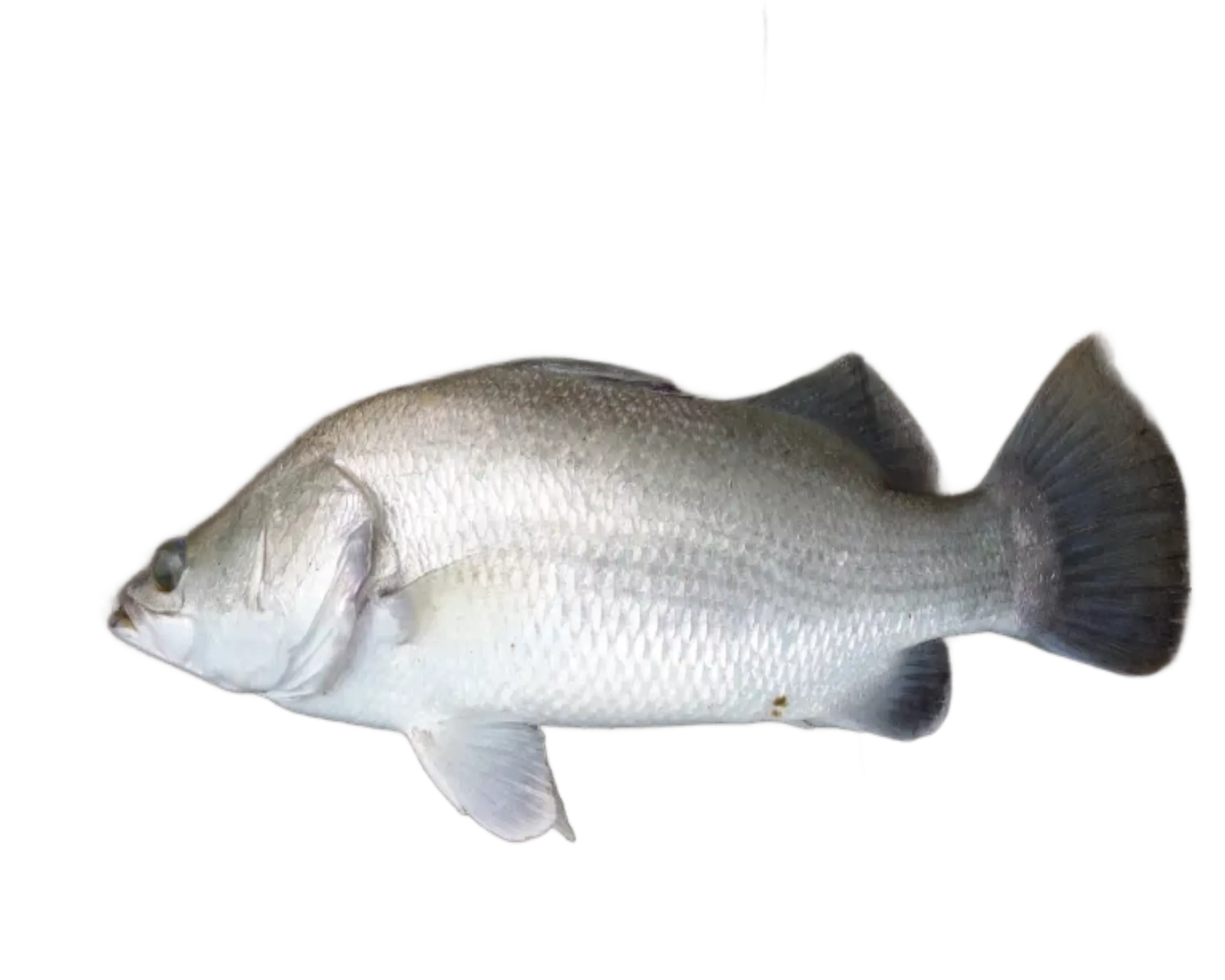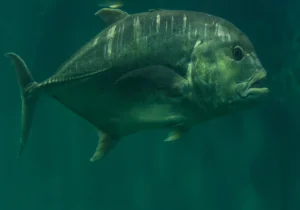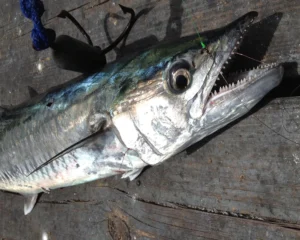Read in Urdu Language Click Here.
Exploring the Fascinating World of Barramundi Fish:
Types, Characteristics, and Fishing Tips
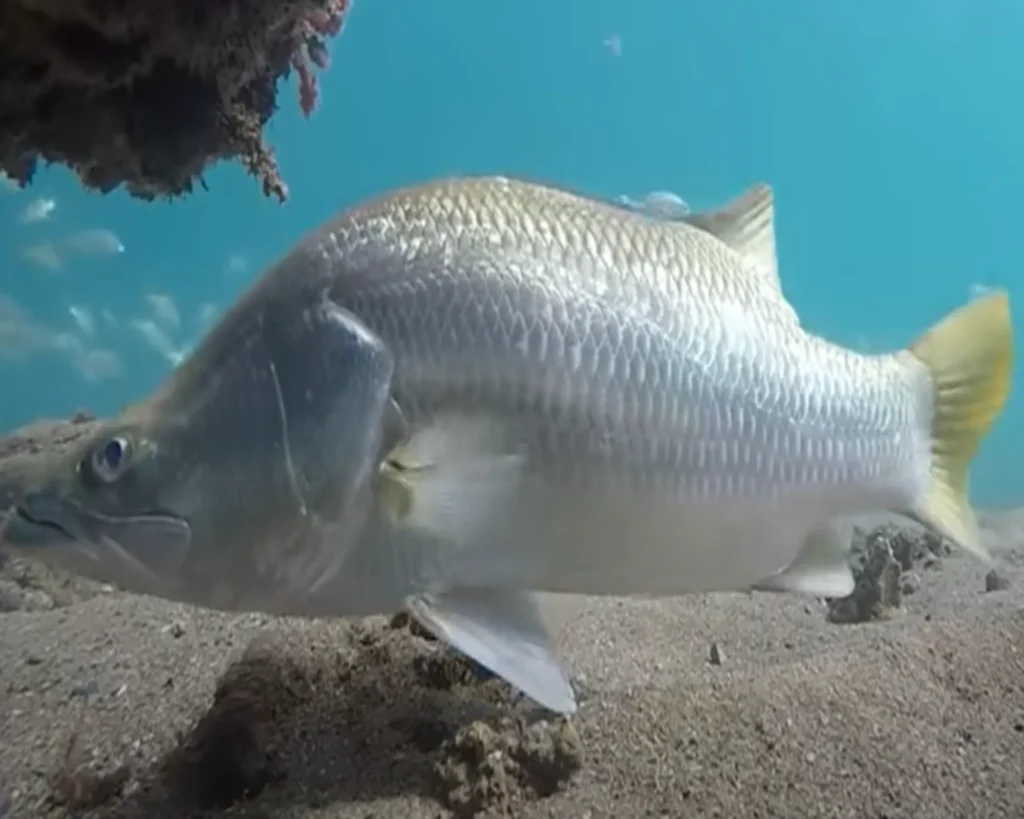
Introduction:
Barramundi fish, known scientifically as Lates calcarifer, are renowned for their impressive size, fighting strength, and delectable taste. Barramundi, also known as Asian sea bass or giant sea perch, is a catadromous fish species belonging to the Latidae family within the Perciformes order. It is commonly found across the Indo-West Pacific region, inhabiting waters ranging from the Middle East and South Asia to Southeast Asia and East Asia, and Oceania. In this blog post, we’ll delve into the captivating realm of Barramundi fish, exploring their various types, life cycle, habitats, and providing invaluable fishing tips and tackle recommendations to enhance your angling experience.
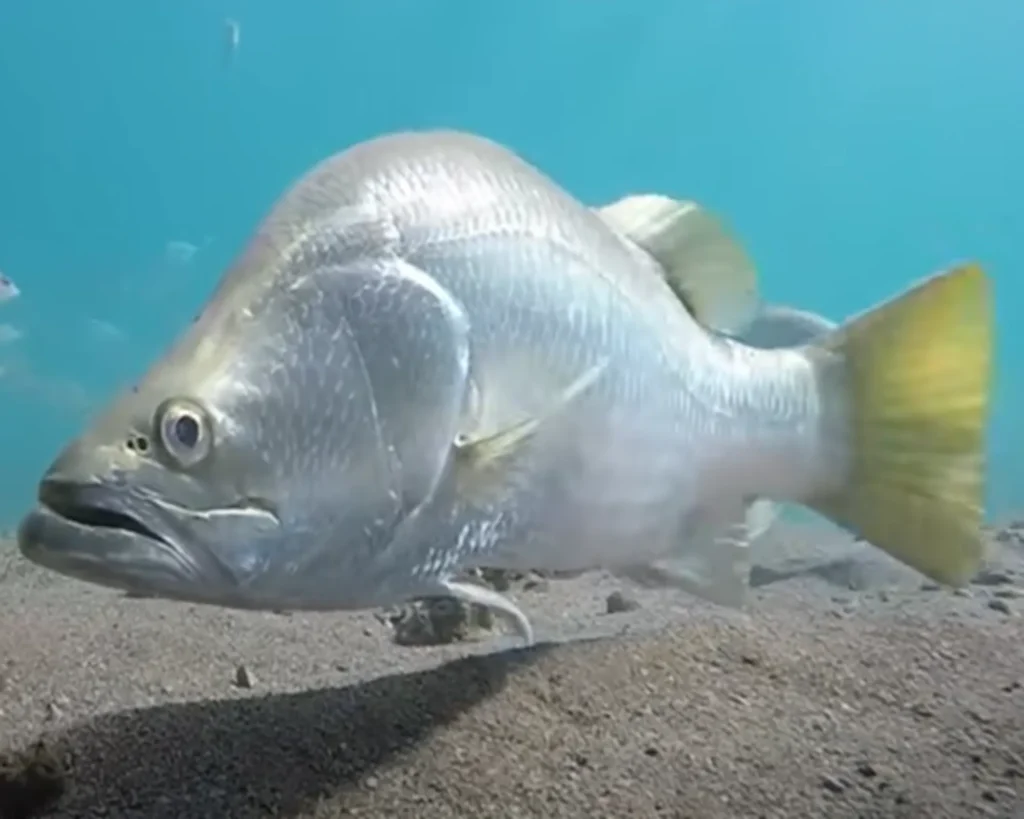
Types of Barramundi:
Northern Barramundi (Lates calcarifer):
The Northern Barramundi is the most well-known and widely distributed species, inhabiting coastal waters and estuaries across Northern Australia and Southeast Asia. Known for their silver-scaled bodies and powerful fighting abilities, Northern Barramundi are highly sought after by anglers.
Southern Barramundi (Lates calcarifer):
Found in the southern regions of Australia, the Southern Barramundi is a smaller subspecies compared to its northern counterpart. Despite their smaller size, Southern Barramundi still offer thrilling fishing opportunities and are prized for their delicate flavor.
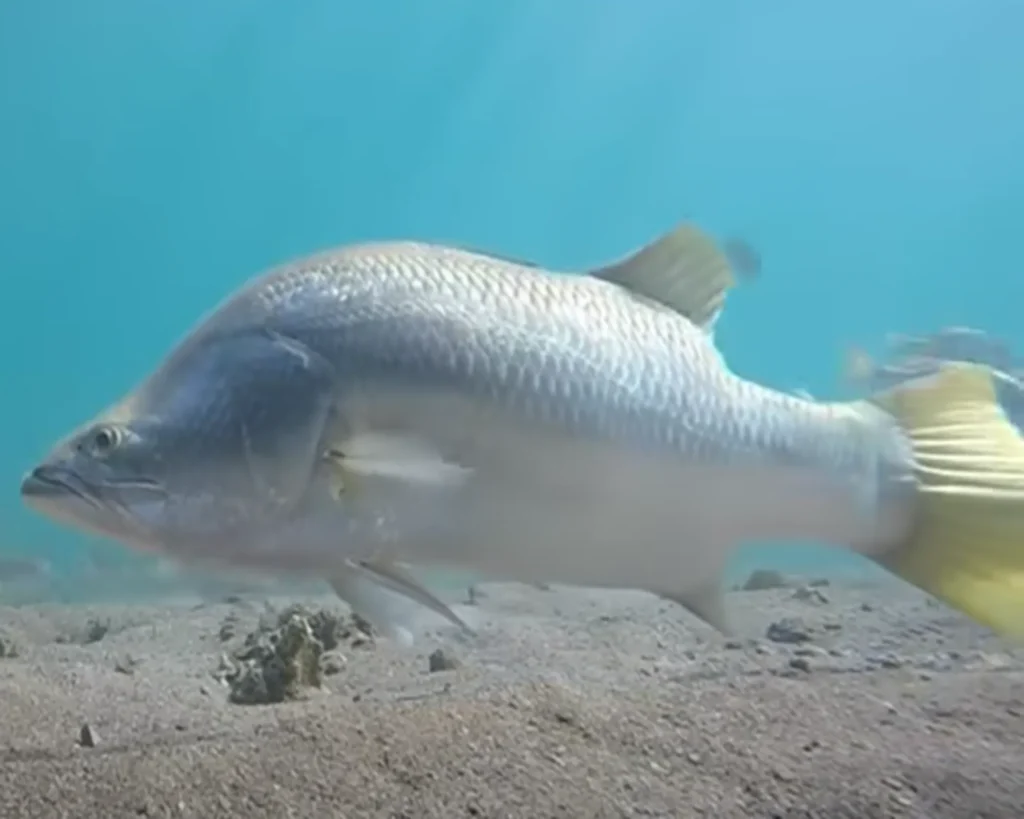
Cycle of Life:
Reproductive Behavior:
Barramundi exhibit fascinating reproductive behavior, with spawning typically occurring in estuarine environments during the wet season. Females release millions of eggs into the water, which are then fertilized by males. The fertilized eggs develop into larvae, which drift in ocean currents before settling into nursery habitats such as mangrove areas and shallow coastal waters.
Juvenile Development:
As Barramundi juveniles grow, they migrate to freshwater habitats such as rivers and creeks, where they spend their early years feeding on small fish and crustaceans. As they mature, Barramundi transition back to estuarine and coastal environments, where they continue to grow and reach their impressive adult sizes.
During the onset of the monsoon season, male barramundi migrate downstream to meet with females, who then release large quantities of eggs, numbering in the millions per female. Neither the eggs nor the fry are guarded by adults, but rather they require brackish water for proper development. Barramundi exhibit sequential hermaphroditism, with the majority starting as males and transitioning into females after undergoing at least one spawning season. Consequently, larger individuals are predominantly female. In captivity, some fish display behaviors not commonly observed in the wild, such as earlier sex changes at smaller sizes, a higher prevalence of protogyny, and instances where certain males do not undergo sexual inversion.
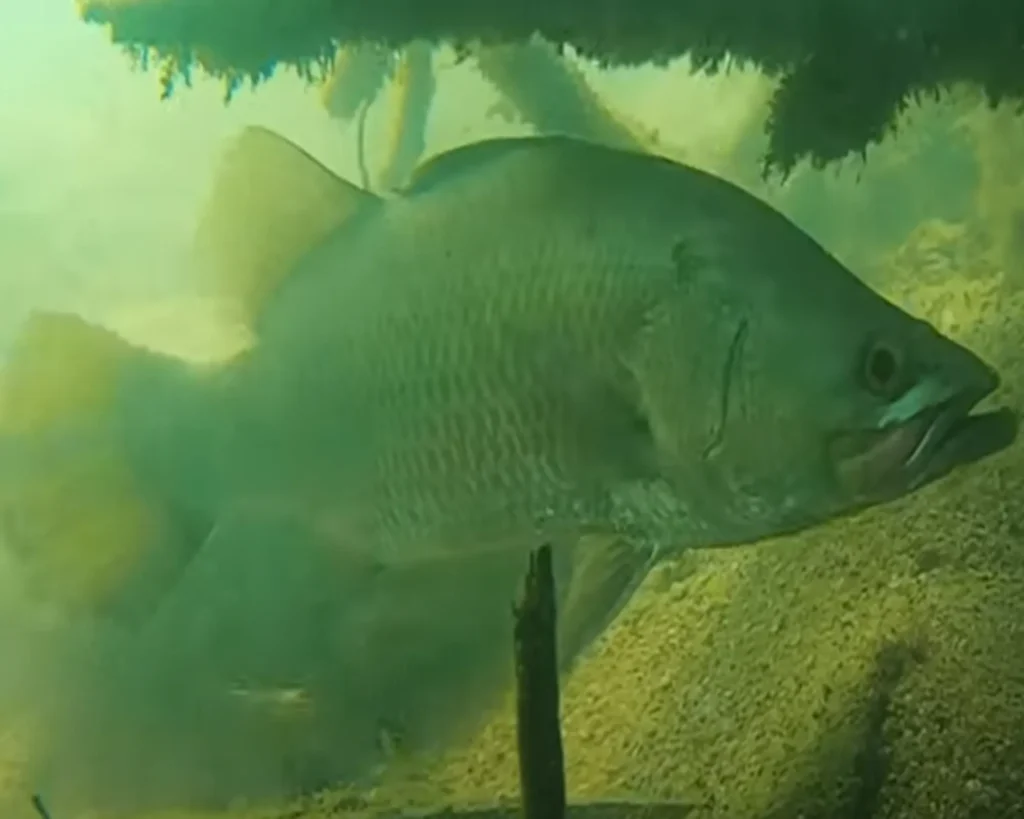
Habitats and Inhabitants:
Barramundi, sought after by many anglers as both a saltwater and freshwater sportfish, boast large, silver scales that can adapt in coloration depending on their surroundings. While they can grow up to 1.8 meters (5.9 feet) in length, catches of this size are rare, with the maximum recorded weight around 60 kilograms (130 pounds). On average, barramundi measure between 0.6 to 1.2 meters (2.0 to 3.9 feet) in length.
These demersal fish prefer coastal waters, estuaries, lagoons, and rivers, thriving in clear to turbid water with temperatures typically ranging from 26 to 30 degrees Celsius. Despite their sizable presence in various aquatic environments, barramundi do not partake in extensive migrations within or between river systems.
Barramundi are highly adaptable fish, capable of thriving in a variety of habitats ranging from freshwater rivers and estuaries to coastal waters and even offshore reefs. They are commonly found near mangrove areas, rocky outcrops, and submerged structures where they hunt for prey and seek shelter.
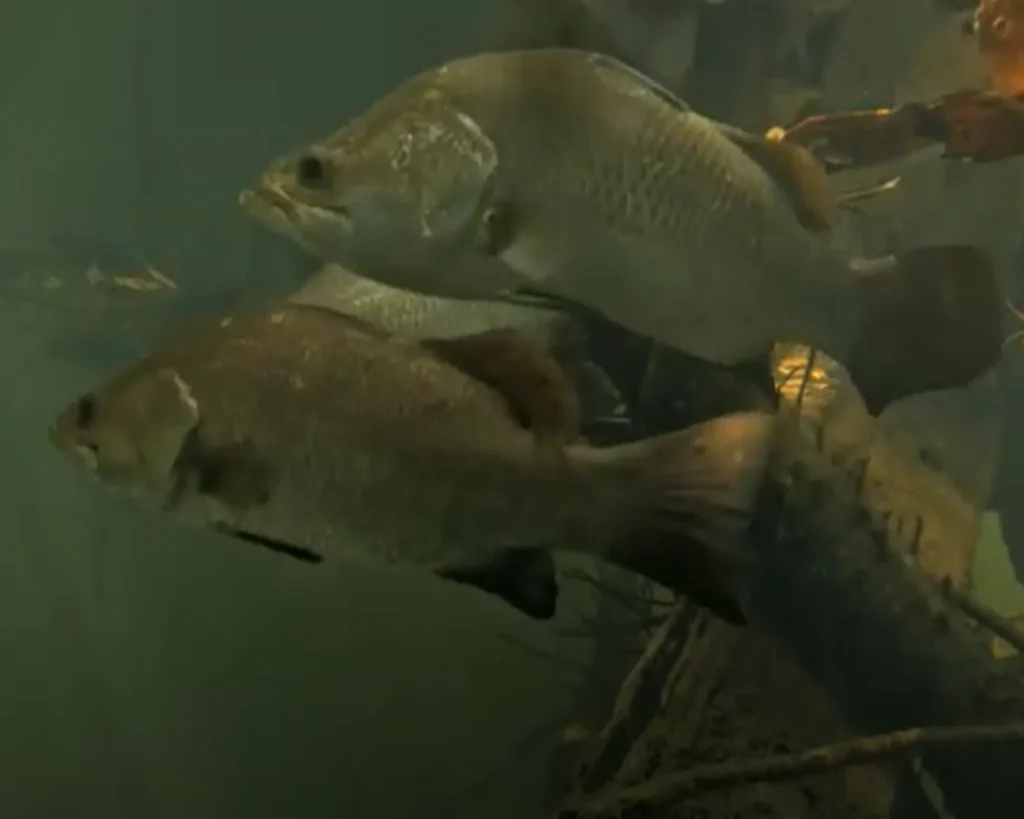
Mastering Barramundi Fishing: Tips and Techniques
Barramundi offer exciting angling opportunities with various fishing methods, including bait, lures, and fly fishing. Regardless of the chosen approach, understanding Barramundi behavior is essential for success.
Selecting the Right Gear:
When targeting Barramundi, it’s crucial to use appropriate gear. Medium to heavy spinning or baitcasting rods with sturdy reels are recommended. Braided fishing lines offer increased sensitivity, while fluorocarbon leaders minimize visibility in clear water.
Lure Selection:
Barramundi are opportunistic predators that respond well to a variety of lures, including soft plastics, hard-bodied lures, and surface poppers. Anglers should experiment with different types and colors to determine the most effective options for their fishing location and conditions.
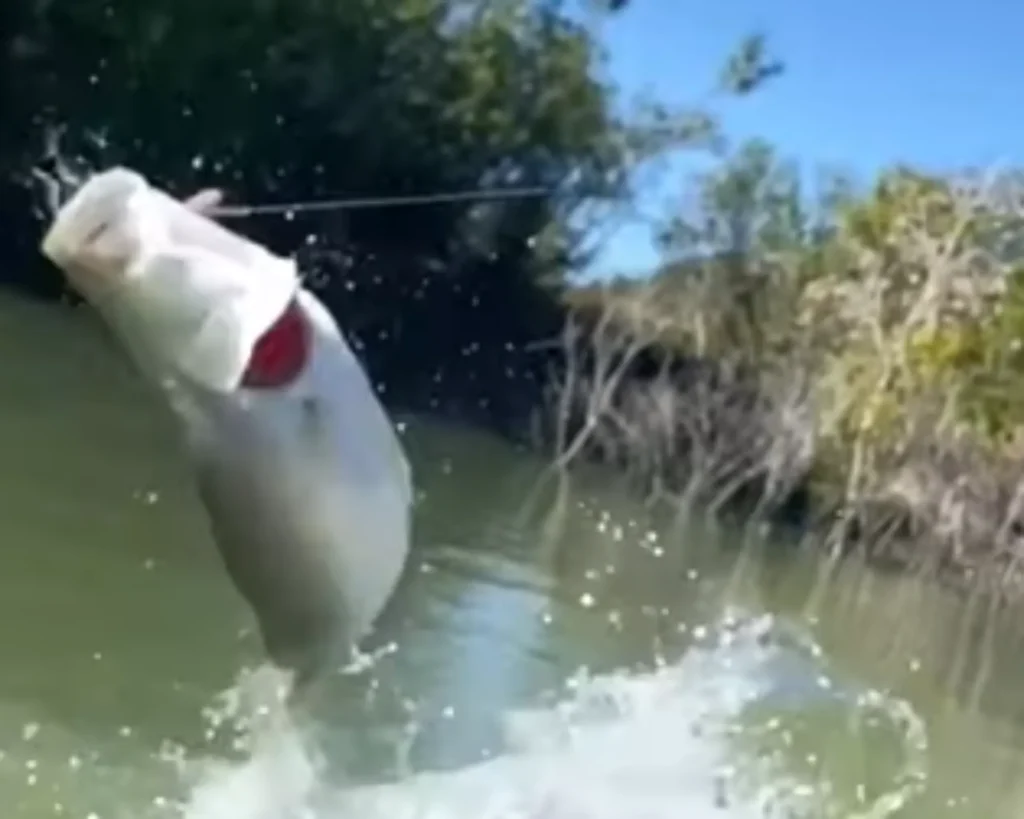
Live Bait Tactics:
When using live bait, opt for small fish such as mullet, herring, or prawns rigged on suitable hook sizes. Present the bait naturally near structure or areas with strong tidal flow to entice Barramundi to strike.
Time and Location:
Barramundi are most active during dawn, dusk, and throughout the night, particularly in warmer months. Anglers should focus their efforts around tidal changes, as Barramundi often feed aggressively during incoming and outgoing tides. Targeting areas with structure, such as mangrove-lined creeks and submerged timber, increases the likelihood of encountering Barramundi.
Strategic Approach: Targeting Moving Water
Barramundi are inclined to feed with minimal effort, often positioning themselves in areas where food naturally drifts towards them. Anglers should prioritize fishing locations with moving water, such as tidal areas, to increase their chances of enticing Barramundi.

Persistence Pays Off: Continuing the Pursuit
Upon locating a school of Barramundi, anglers are encouraged to persist with casting lures or bait, as Barramundi can become more responsive over time. However, adverse weather conditions, such as wind or rough waters, may affect Barramundi feeding behavior.
Mangrove Creek Casting: Precision Fishing
Casting into snags in mangrove creeks is a popular method for targeting Barramundi. Due to Barramundi’s reluctance to chase bait far, accurate casts are crucial. Anglers should position their bait or lure up current of the snag, allowing it to drift past with subtle twitches.
High Water Challenges: Adaptation Strategies
During periods of high water, Barramundi may retreat into mangroves, making them challenging to catch. Anglers should adjust their strategies accordingly, considering alternative approaches such as using poppers or Zara Spooks along snag edges to lure out fish with surface commotion.
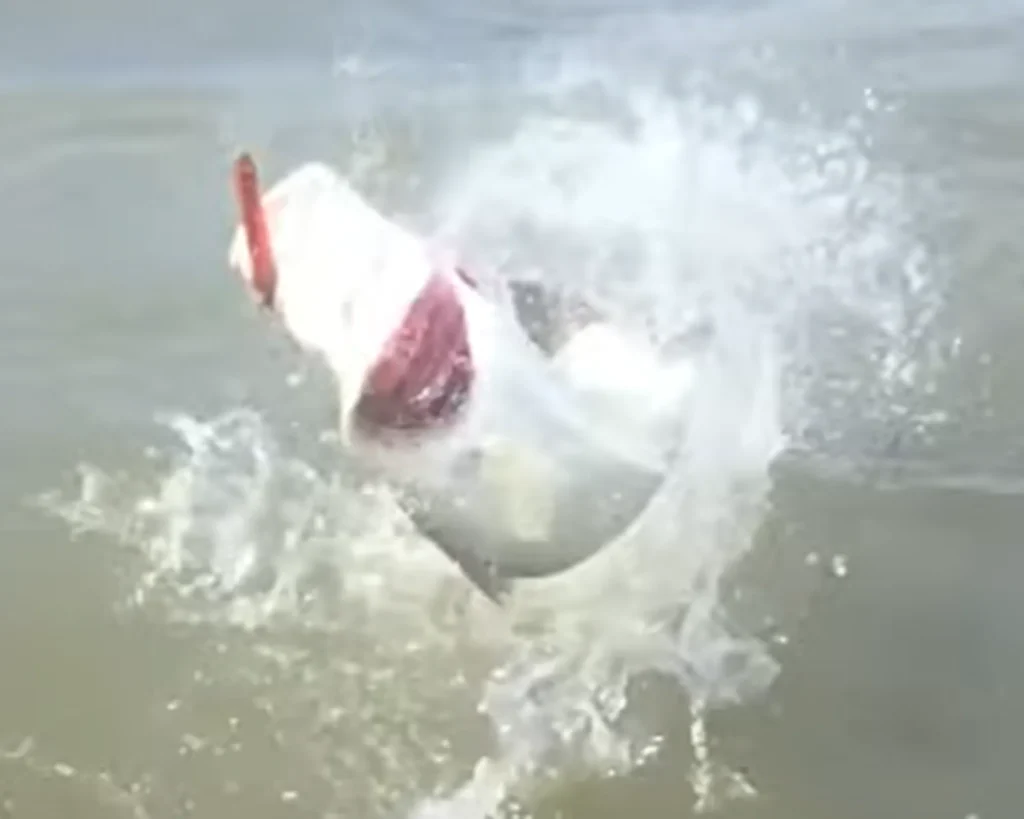
Trolling Tactics: Increasing Success Rates
Trolling is a highly effective method for targeting Barramundi, allowing anglers to cover a larger area of water. Slow trolling with frequent twitches and pauses can entice strikes, particularly when the lure is presented in the optimal zone for Barramundi feeding behavior.
Patience and Persistence:
Barramundi fishing requires patience and persistence, as these elusive fish can be challenging to hook. Anglers should be prepared to spend time experimenting with different techniques and locations until they achieve success.
Handle with Care:
When catching Barramundi, handle them with care to ensure their survival upon release. Using a landing net to minimize stress and avoiding lifting them out of the water whenever possible helps preserve Barramundi populations for future generations of anglers to enjoy.
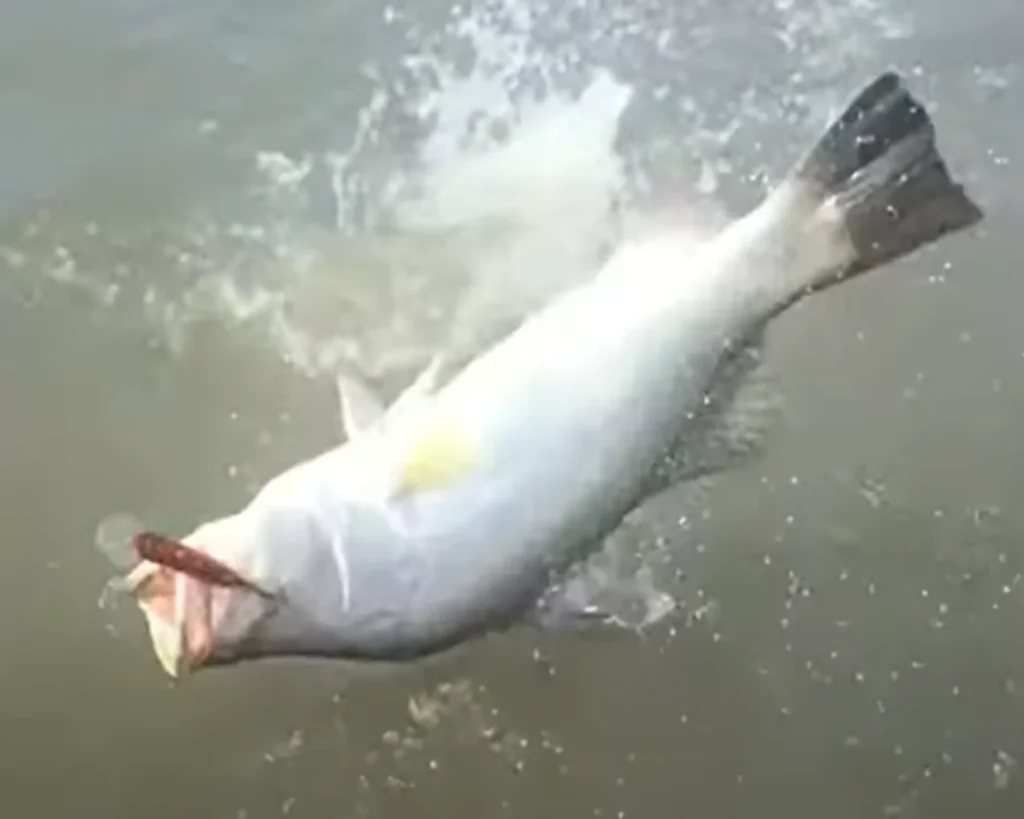
Conclusion:
Barramundi fish are iconic species renowned for their impressive size, fighting strength, and culinary excellence. By understanding their diverse types, life cycle, habitats, and employing effective fishing techniques, anglers can enhance their chances of a successful Barramundi fishing expedition while contributing to the conservation of these remarkable fish for generations to come.
Read in Urdu Language Click Here.

